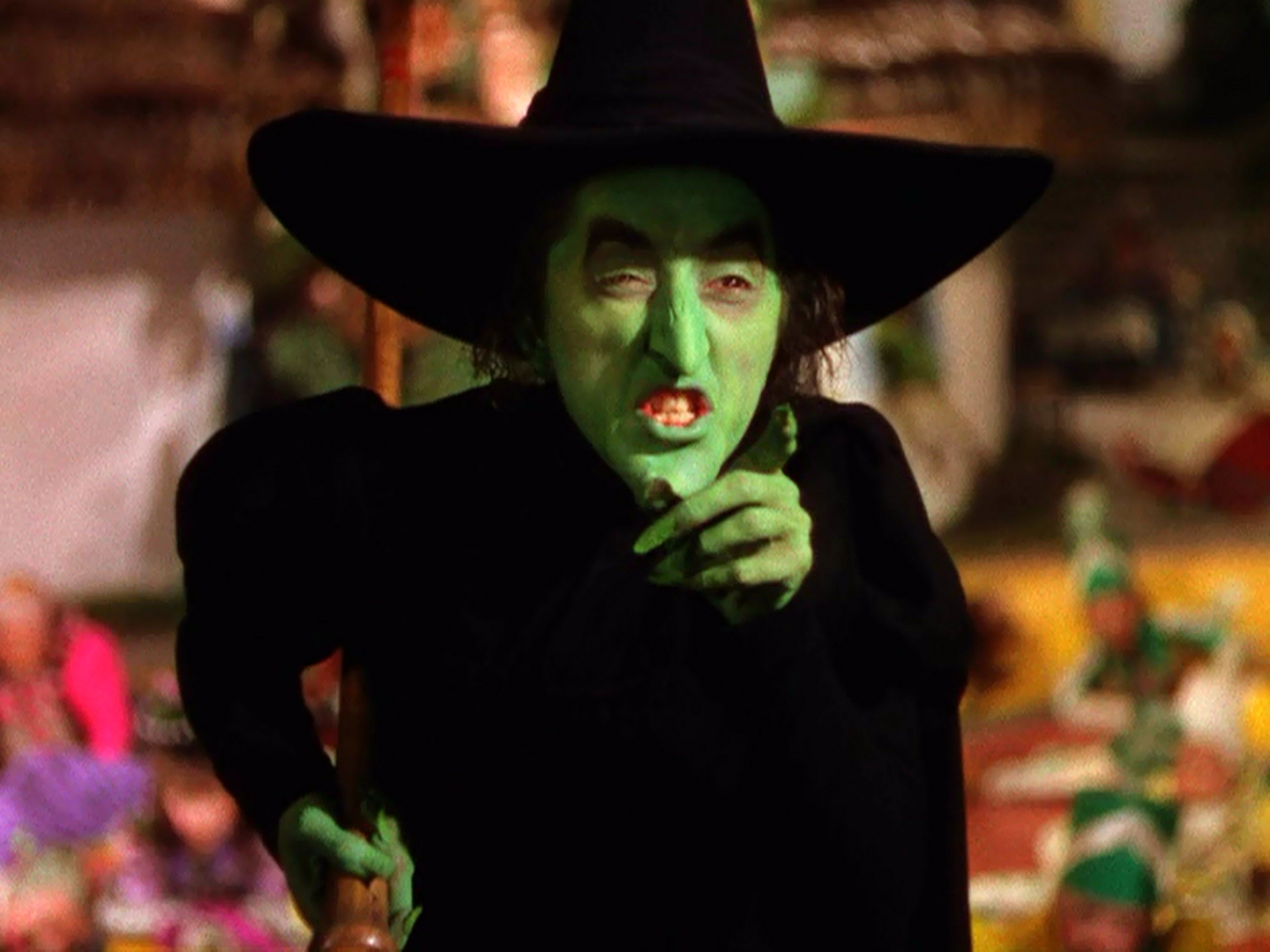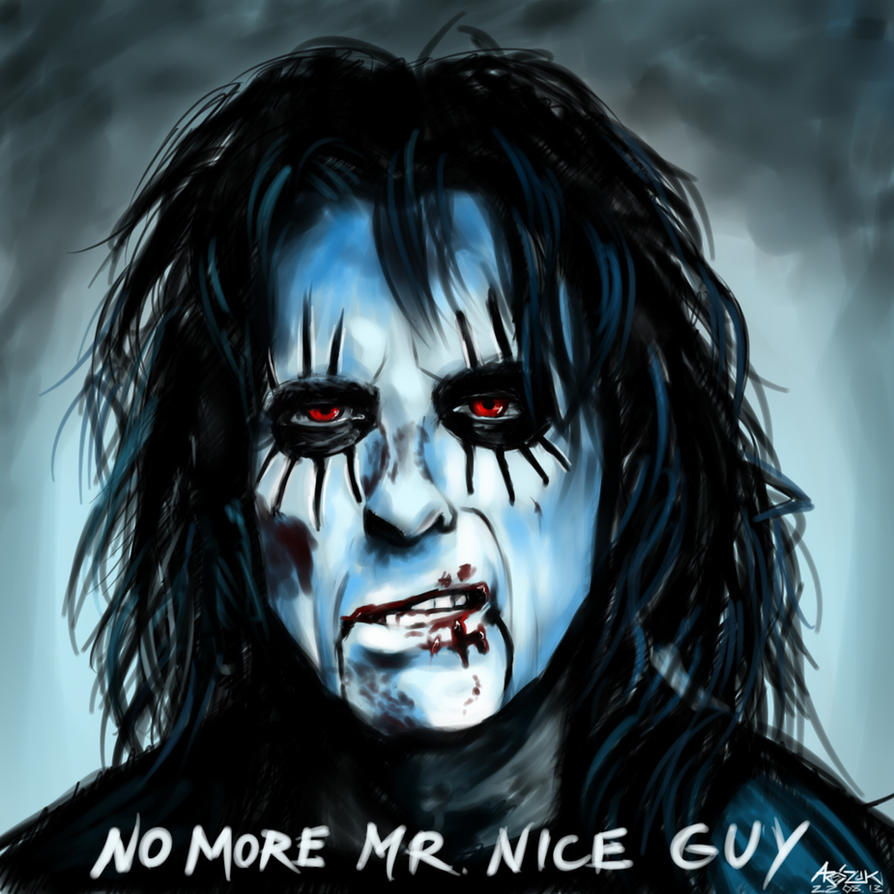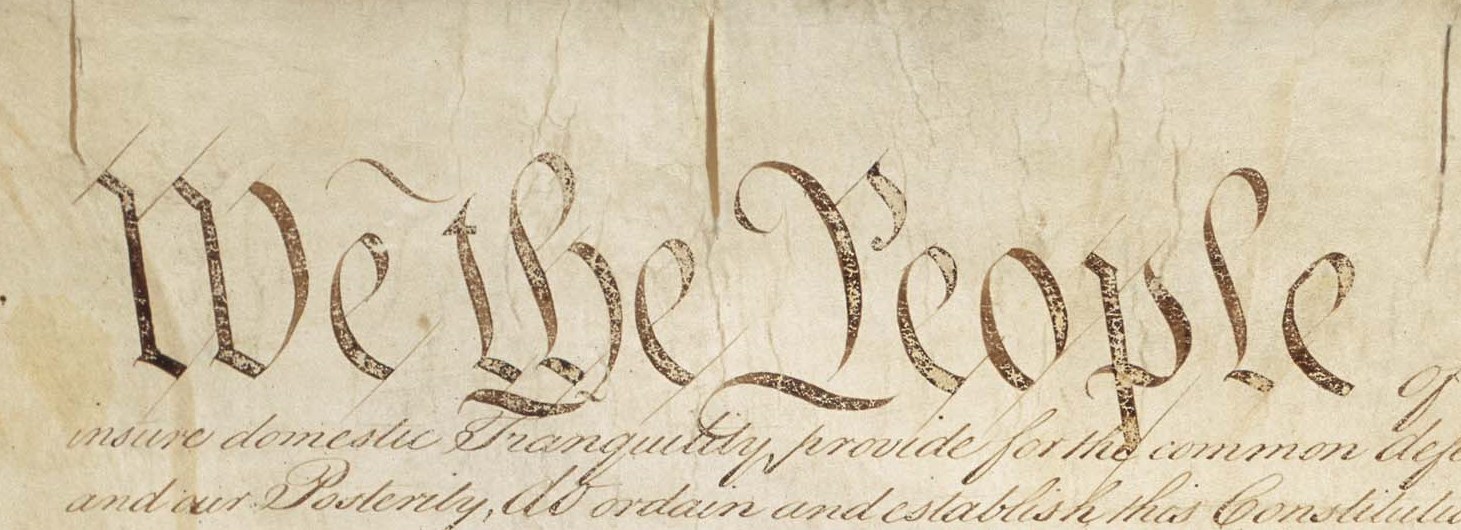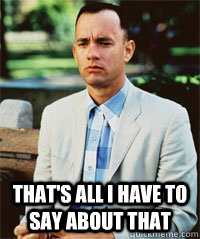
Japanese view of a Will-o’-the-wisp – That might “lead you to your doom” on Halloween night…
* * * *
 Sunday, October 30 – If you’ve been living under a rock – or sticking your head in the sand to get away from negative political campaigning – you might not know that Halloween is tomorrow night.
Sunday, October 30 – If you’ve been living under a rock – or sticking your head in the sand to get away from negative political campaigning – you might not know that Halloween is tomorrow night.
And speaking of jack-o’-lanterns – like the one at right – they are widely known as one of the prime symbols of Halloween. And in some traditions they are said to represent the “souls of the dead.”
Another theory is that some old-time people set those carved-out pumpkins on their windowsills, to keep out “harmful spirits.” (Keep them from invading their home.) And in yet another tradition, jack-o’-lanterns “represented Christian souls in purgatory.”
(See also “corpse candles,” in the notes below…)
 Which brings us back to Halloween. But what many people don’t know is that Halloween is actually a religious holiday. Or that there are actually Three Days of Halloween. (Called the Halloween Triduum.) The third day of the three-day holiday – November 2d – is called All Souls’ Day. The original idea was to remember the souls of “the dear departed,” illustrated by the painting at left.
Which brings us back to Halloween. But what many people don’t know is that Halloween is actually a religious holiday. Or that there are actually Three Days of Halloween. (Called the Halloween Triduum.) The third day of the three-day holiday – November 2d – is called All Souls’ Day. The original idea was to remember the souls of “the dear departed,” illustrated by the painting at left.
The second of the three days – November 1st – was known as All Saints’ Day. But back in Merry Olde England, the word for “saint” was halig, which eventually became “hallow.” (It may have been easier to pronounce…) So originally – back in England – November 1st was called “All Hallows Day.” That meant that – literally – the night of October 31 was the evening – or e’en – before “Hallows Day.” (Or “All Hallows Day.”)
That then got shortened to “All Hallows E’en” – “Eve” or “Evening” – which in turn got shortened further to what we now know as “Hallowe’en,” or just plain Halloween.
Two things about the night of October 31. One: By tradition it started the winter “season of darkness.” (Old-timers – seeing the days get shorter and shorter – started thinking the days would eventually get so short there would be no light at all.) The other thing old-timers believed was that on the Eve of All Hallows, “the veil between the material world and the afterlife thinned.” Put another way, the veil between the living and the dead was most permeable.
(Spirits could more easily “pass through” the veil separating the dead from the living.)
So what was the deal with wearing masks and disguises?
 To review, people originally thought that on the night of October 31, the barrier between the living and the dead was pretty much all the way down. And those old-time people were – perhaps naturally – “scared of those ghosts.”
To review, people originally thought that on the night of October 31, the barrier between the living and the dead was pretty much all the way down. And those old-time people were – perhaps naturally – “scared of those ghosts.”
So those old-time people originally started putting on masks and/or costumes to fool the ghosts and spirits. (In other words, to disguise their identities.) The idea was to keep the afterlife “hallows” – ghosts or spirits – from recognizing the people in this, the “material world.”
 Another thing they did was to build “bone fires:”
Another thing they did was to build “bone fires:”
“The fires were thought to bring comfort to the souls in purgatory and people prayed for them as they held burning straw up high.” The idea came from pagan times, when evil spirits had to be driven away with noise and fire. (Note also that “bonfire” is short for bone-fire. See Bonfire – Wikipedia, noting the term “is derived from the fact that bonfires were originally fires in which bones were burned.”)
And there was another old-time custom. If you had to travel on All Hallows E’en – like from 11:00 p.m. until midnight – your candle could tell your future. If your candle kept burning, that was a good omen. (The person holding the candle would be safe in the upcoming “season of darkness.”) But if your candle went out , “the omen was bad indeed.”
 The thought was that the candle had been blown out by witches.
The thought was that the candle had been blown out by witches.
Which brings us back to “fool’s fire,” will-o’-the-wisps, and/or jack-o’-lanterns. A note: Such jack-o’-lanterns are now made from pumpkins, but were originally carved from large turnips.
And both the jack-o’-lantern and Will-o’-the-wisp are tied in with the strange ghostly light known as ignis fatuus. (From the Medieval Latin for “foolish fire.”) That refers to the “atmospheric ghost light seen by travelers at night, especially over bogs, swamps or marshes. It resembles a flickering lamp and is said to recede if approached:”
Tradition had it that this ghostly light – seen by travelers at night and especially over bogs, swamps or marshes – resembled a flickering lamp. The flickering lamp then receded if you approached it, and so it “drew travelers from their safe paths,” to their doom…
Put another way, the phenomenon of fool’s fire was “linked with the leading astray of weary travelers into mires.” The guy leading people astray was said to be a “mischievous spirit,” carrying a lantern or torch and was said to play tricks on people.
Not that there’s any connection to the election coming up next week or anything…
Another view of some ghostly “Fool’s Fire…”
* * * *
The upper image is courtesy of Will-o’-the-wisp – Wikipedia. The caption: “A Japanese rendition of a Russian will-o’-the-wisp.” (It should also be noted that any resemblance between that “upper image” and any of the political candidates running for office is purely coincidental…)
Much of the text and “imagery” for this post was gleaned from my companion blog, to wit: “All Hallows E’en” – 2015, and – in 2014 – On “All Hallows E’en,” Parts I and Part II.
The lower image is courtesy of Will-o’-the-Wisp – Lantern Man, Feu Follet, Ignis Fatuus. The caption: “Artist unknown. Source: ‘Flammarion, L’atmosphère: météorologie populaire’ (1888, p.749):”
The Will-o’-the-wisp has been recorded as flickering over marshy ground since at least the middle ages… The lights have also been incorporated into modern literature, e.g. Dracula, and have even had a children’s television show named after them. The most commonly cited explanation for them is that they’re the product of ignited marsh gas: most likely slowly leaking methane whose ignition is triggered by phosphene… Some of their synonyms reveal what cultures thought about them[, such as:] “corpse candles” suggest[ing] that they’re the souls of the departed… The phenomenon is also inextricably linked with the leading astray of weary travellers into mires. The light was taken to be a lantern or a torch carried by a mischeivous [sic] spirit … said to play tricks on people.

 For an example of a former player’s superstition:
For an example of a former player’s superstition:  The ancient Children of Israel had just
The ancient Children of Israel had just  Again, I wrote about this at length in last year’s
Again, I wrote about this at length in last year’s  Or not. Which is another way of saying that for all the grief we get – for our “idiosyncratic quirks” – we rabid sports fans do get some benefits. See for example,
Or not. Which is another way of saying that for all the grief we get – for our “idiosyncratic quirks” – we rabid sports fans do get some benefits. See for example, 

 But since then there seems to have been a “
But since then there seems to have been a “ Then on April 4 came
Then on April 4 came  As it turned out, the angry candidate in question was
As it turned out, the angry candidate in question was 
 The title of this post is a take-off on the film,
The title of this post is a take-off on the film,  Which is ironic. That’s because people my age are
Which is ironic. That’s because people my age are  Of course much of the time I did feel like I was surrounded by a bunch of “furriners” in the
Of course much of the time I did feel like I was surrounded by a bunch of “furriners” in the  Then we finally got on the bus, and as we rode down the toward the district, we heard a lot of sirens. Then we passed a street or two that had been blocked off – as seen at left – and all kinds of murmuring crowds.Then we finally got on the bus, and as we rode down the
Then we finally got on the bus, and as we rode down the toward the district, we heard a lot of sirens. Then we passed a street or two that had been blocked off – as seen at left – and all kinds of murmuring crowds.Then we finally got on the bus, and as we rode down the  Back home this would come under the heading
Back home this would come under the heading 
 Which brings up the fact that way too many people interpret both the Bible and the
Which brings up the fact that way too many people interpret both the Bible and the  Finally – on this topic – It also seems to me that the “just a poem” guy probably bears a passing resemblance to the man shown at the bottom of the page. (At least metaphorically…)
Finally – on this topic – It also seems to me that the “just a poem” guy probably bears a passing resemblance to the man shown at the bottom of the page. (At least metaphorically…) Once we got over to the city, we took another subway ride up to the start of the “
Once we got over to the city, we took another subway ride up to the start of the “ Meaning in turn that – to way too many people these days – “liberty” must be preserved for only those who “already have it.” (See
Meaning in turn that – to way too many people these days – “liberty” must be preserved for only those who “already have it.” (See